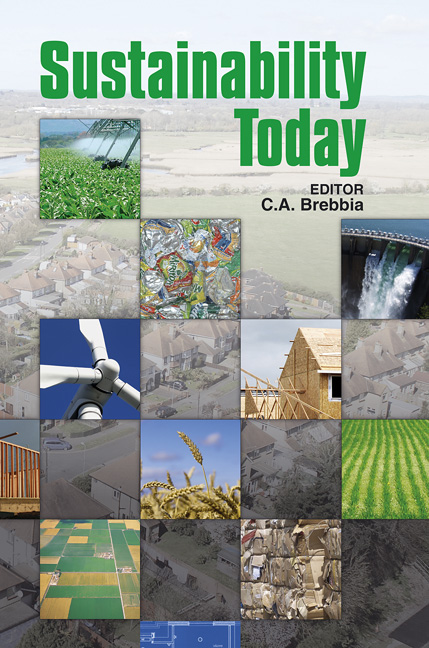Generation And Impacts Of Floating Litter On Urban Canals And Rivers: Rio De Janeiro Megacity Case Study
Price
Free (open access)
Transaction
Volume
167
Pages
12
Page Range
321 - 332
Published
2011
Size
3,575 kb
Paper DOI
10.2495/ST110291
Copyright
WIT Press
Author(s)
B. Franz & M. A. V. Freitas
Abstract
In many developing countries, accelerated population growth, urban expansion in flood plain areas, increasing consumption (principally of disposable goods), inadequate solid waste collection and the lack of integrated water and environmental management policies lead to dumping of solid waste into canals and rivers and onto its banks, which correspond to the ‘floating litter’. In Brazil, this occurs mainly in metropolitan regions, like in the megacity of Rio de Janeiro, located in the southeast of the country. The State Environmental Institute, in an attempt to limit the advance of floating litter in the coastal zones, installed barriers across the mouth of contributory rivers, labeled ‘eco-barriers’. This institute promoted the removal in 2008 of about 150 tons of plastic, metal, wood and carton from the eco-barriers. The aim of the present study is to identify the impacts of the solid waste disposal into the rivers and canals and onto its banks where eco-barriers were installed, as well as to analyze the potential factors that contribute the entry of this waste into water bodies. The impacts and the factors were determined through the observation of river and canal banks at the end of 2009 and three eco-barriers in 2008. In addition, indicators were calculated. The increase of municipal Gross Domestic Product may play a greater role in the increase of public solid waste generation than in the increase of household solid waste generation. The floating litter fosters the propagation of vectors that transmit diseases, hampers the development of mangrove swamps (plastic suffocates seedlings), contaminates the water table, obstructs rainfall drainage ditches (favoring the occurrence of severe urban flooding) and attracts birds which pose hazards to airplanes. Keywords: floating litter, water pollution, river basin management, megacity.
Keywords
floating litter, water pollution, river basin management, megacity





